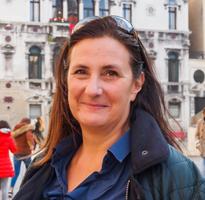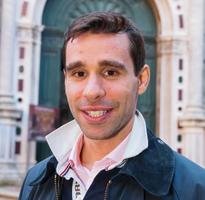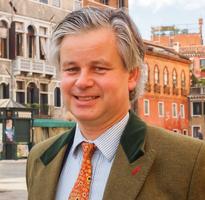Following many successful visits to South Africa, I had yet to see one part of the country which most would likely include as part of their very first visit: the Garden Route.
The itinerary is over 200 miles long, connecting Mossel Bay in the Western Cape through to the Tsitsikamma forests in the Eastern Cape, towards Port Elizabeth. Most will likely travel from west to east, I however manged to self-drive this itinerary from Port Elizabeth to Cape Town over a week. My journey took place in their mid-spring, where I experienced longer and warmer days, to be able to enjoy the unique flora and changing landscapes. My one recommendation would be to add a couple of nights extra, as there’s a lot to see but also a lot of mileage to cover.
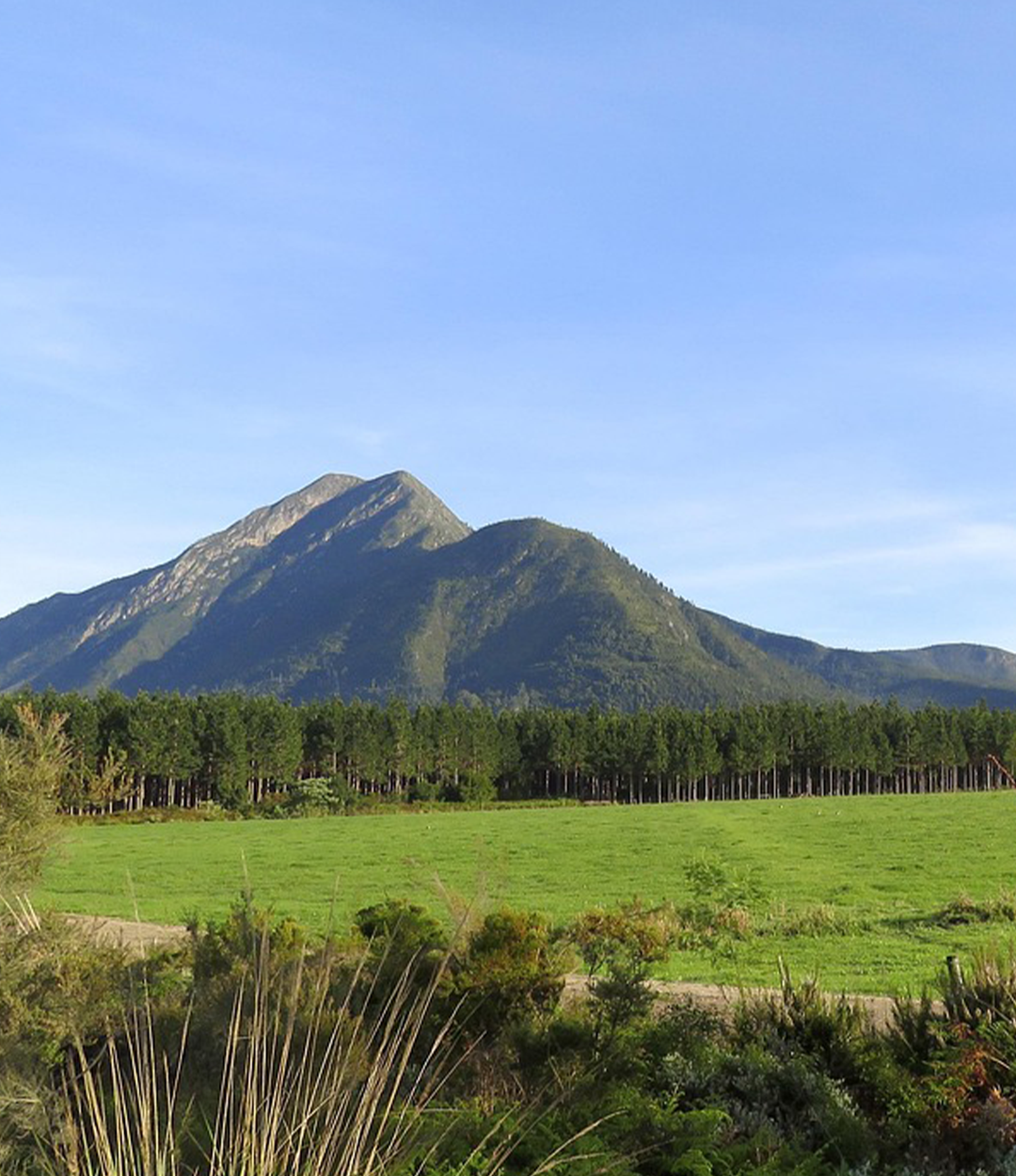
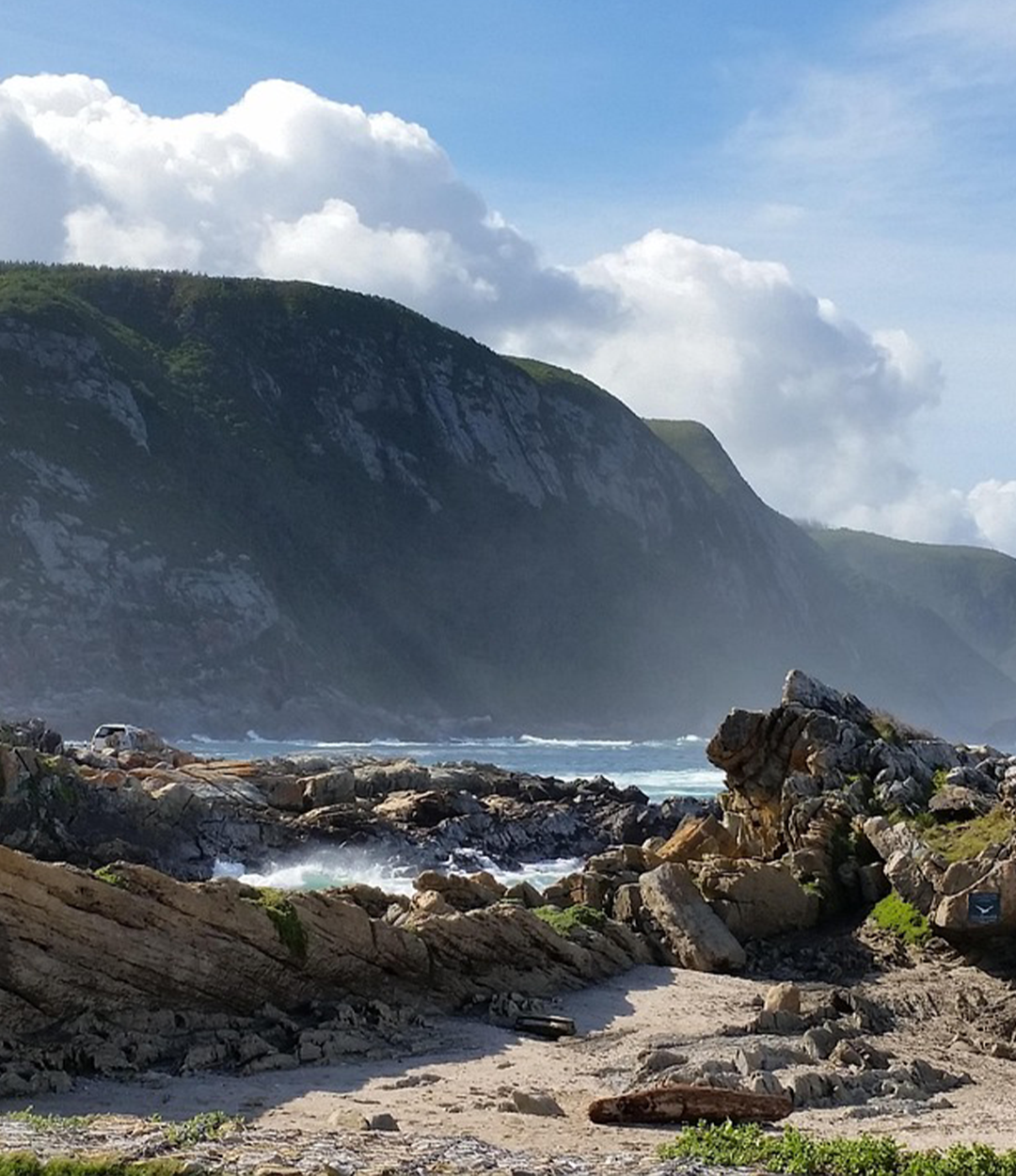
Along the route I visited the Tsitsikamma - perfect for those who enjoy botany. Just set inland close to the ocean, we enjoyed a brief stop to take in the wonderful mountains, where you can arrange to go hiking with a guide. Further along the coast you reach Plettenberg Bay which is a smart resort town, with incredible beaches. I stayed at the impressive Plettenberg Hotel 5* Deluxe which has the most wonderful view over the Indian Ocean where I even spotted some whales close to shore, whilst enjoying breakfast on their terrace.
Having my own car hire gave me the opportunity to have full independence and to stop as much as I wanted to, as there are plenty of panoramic stops along this entire route. The town of Knysna, is another upmarket town, which overlooks a tranquil lagoon filled with sailing boats.
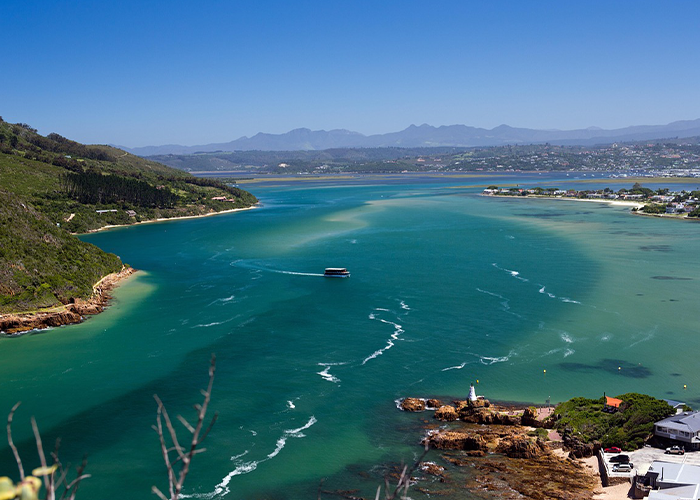
The ocean lies beyond the sandstone promontories. The town itself has some lovely local cafes and restaurants with a very laid-back feeling. We found a few walking trails and Golf opportunities for those looking to play in a wonderful setting. The N2 hugs this entire coastline, with a few parts slightly more inland and with some wonderful viewing points from higher up. Beyond Knysna heading west I stopped in George briefly and can recommend for those with more time to visit the Botanical Gardens, which has an amazing display of indigenous plants and trees set against the incredible Outeniqua Mountains. Wilderness was the next area of outstanding beauty where I stopped to see the best views of the Indian Ocean. These beaches were on another level, you could see for miles, with so much space and it was all deserted. We have a couple of recommendations for guests to break their journey for a couple of nights.
In Mossel Bay I visited the Market and enjoyed some fresh sea food, before continuing with my westerly route. The journey took me slightly more inland, and the scenery changed to the most dramatic sweeping views of the Outeniqua Mountains, followed by the Langeberg and then the Kleinrivier Mountains as you approach Cape Agulhas, my next stop. This is located after the Garden Route where the Indian Ocean meets the Atlantic Ocean, the southernmost tip of Africa.
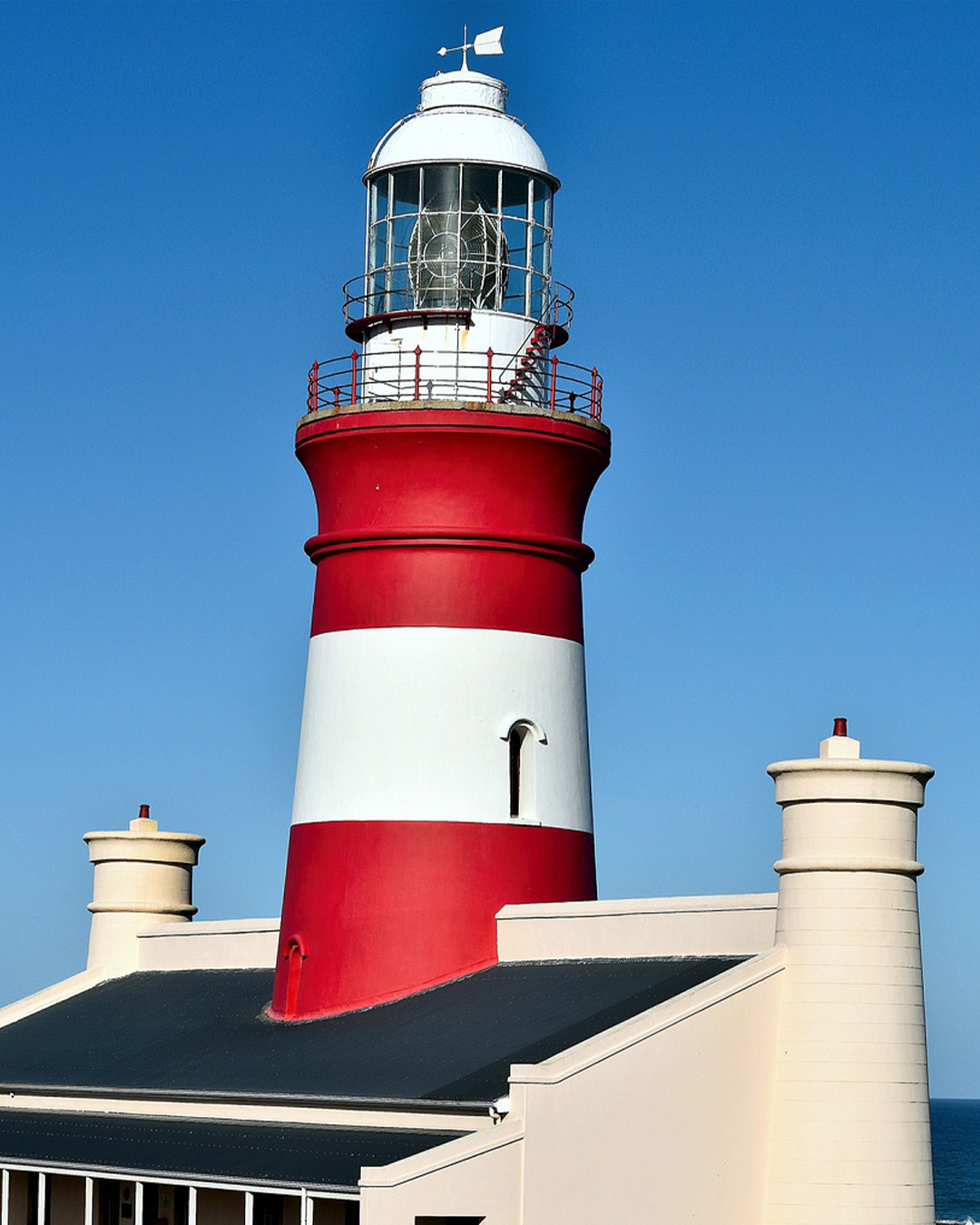
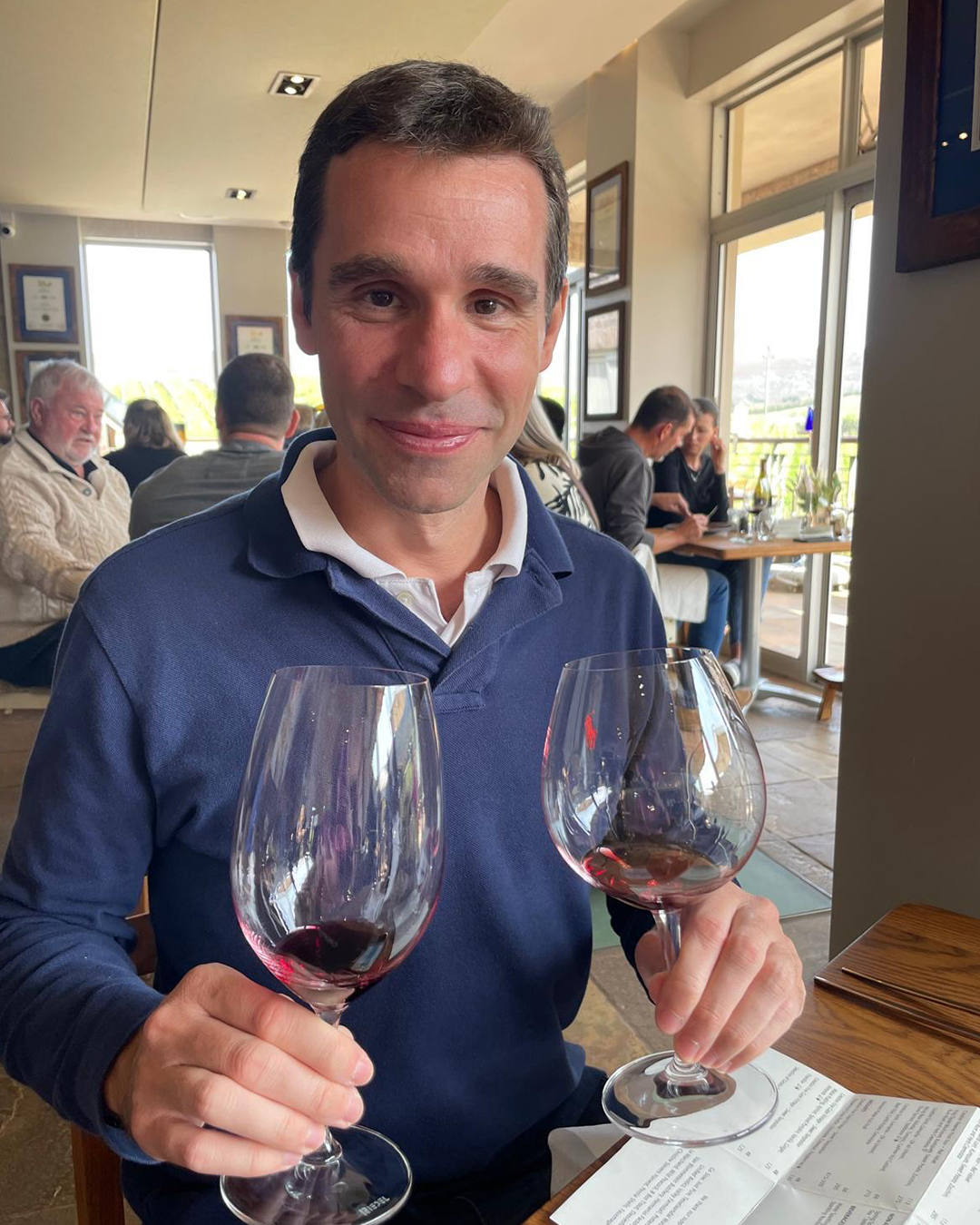
The light house here is over 170 years old, the second-oldest still operating, after Green Point in Cape Town. The Agulhas National Park surrounding the area near the town was another wonderful place to take a walk and enjoy the ocean breeze. Coming from London I really appreciated the Ocean and mountain air and the feeling of space. I managed to find a lovely to spot to paddle along their walkway which also has a plaque to recognise its Geographical importance, and the water wasn’t too cold! I enjoyed a couple of nights’ following the Garden Route in Hermanus, this is a thriving seaside town, open all year round but much colder waters on the Atlantic. During Whale Watching season August to November, availability can be very difficult, and I can see why. I saw many Southern Right Whales, even from my sea view room at the wonderful 5* The Marine Hotel! A perfect position with an equally incredible view down the coast and out into the open ocean. I can see why so many clients add a few nights here. During my time here I heard good things about the Hermanus Wine Scene so booked ahead at Creation for a tasting and lunch in their lovely dining room overlooking the Vineyards. This region is known for its cool maritime climate, they produce a wonderful Pinot Noir and Chardonnay wines. I even had to dodge a few baboons on the drive back down to Hermanus.
Torn between a coastal drive via Betty’s Bai or over the Franschhoek Pass, I couldn’t decide which route to take, but I managed to catch up with a dear friend in Stellenbosch so headed inland. I have driven this route across the mountains to the Cape Winelands before and I know the views descending into Franschhoek and then across to Stellenbosch via Paarl wouldn’t disappoint. I have always said this is a personal favourite part of the world out of all the locations I have visited, and I still stand by this. Stellenbosch itself is a thriving cultural town, the second oldest in South Africa. An absolute must on any itinerary to this part of South Africa. With it’s enchanting treelined streets, historical buildings, and that incredible backdrop of the Jonkershoek, Drakenstein, and Simonsberg mountains. I highly recommend to book ahead and enjoy a tasting menu and from here I can arrange wine tastings to some of South Africa’s oldest and most highly acclaimed wineries. I managed to get a last-minute reservation at Waterford Estate, which I had always wanted to experience, and I also knew I was heading home with excess baggage charges, with good reason too!
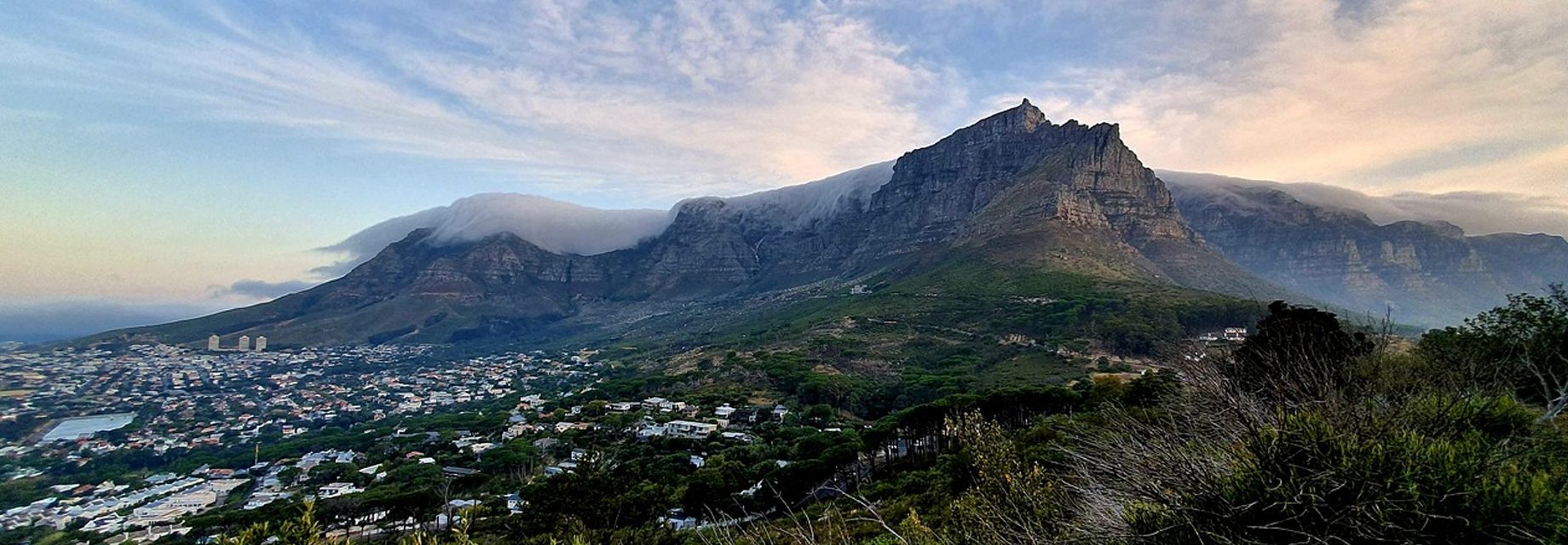
No trip to this part is completed without a visit to Cape Town, this would be my final stop and although I have been multiple times, I chose to stay in a leafy suburb Constantia. The Cellars Hohenort Hotel has the most perfect setting and only 25 minutes approximately from the Waterfront. I enjoyed the tranquillity of the wonderful gardens and managed to catch up with some Kirker Partners and friends before I had to say a fond farewell.















